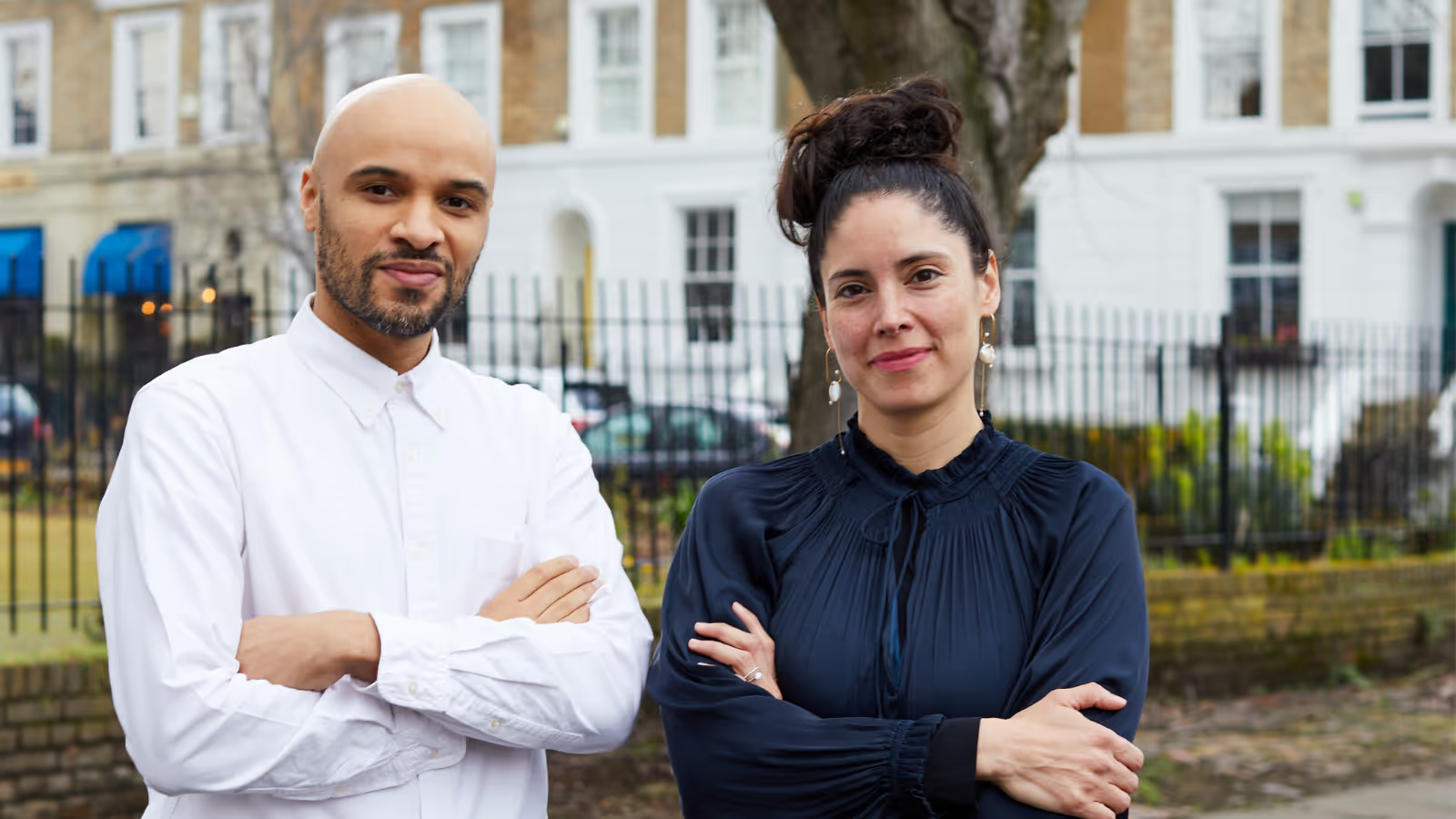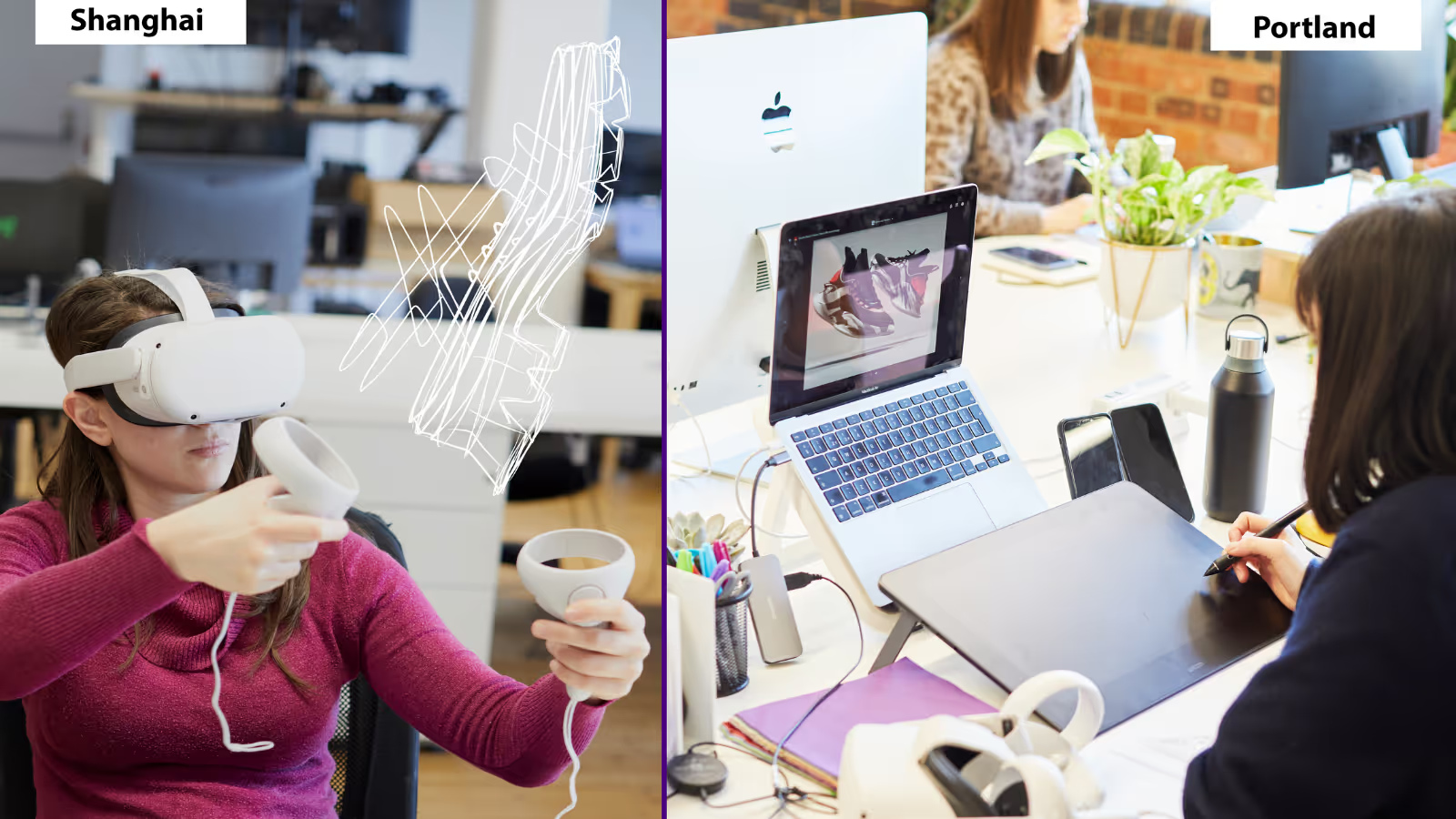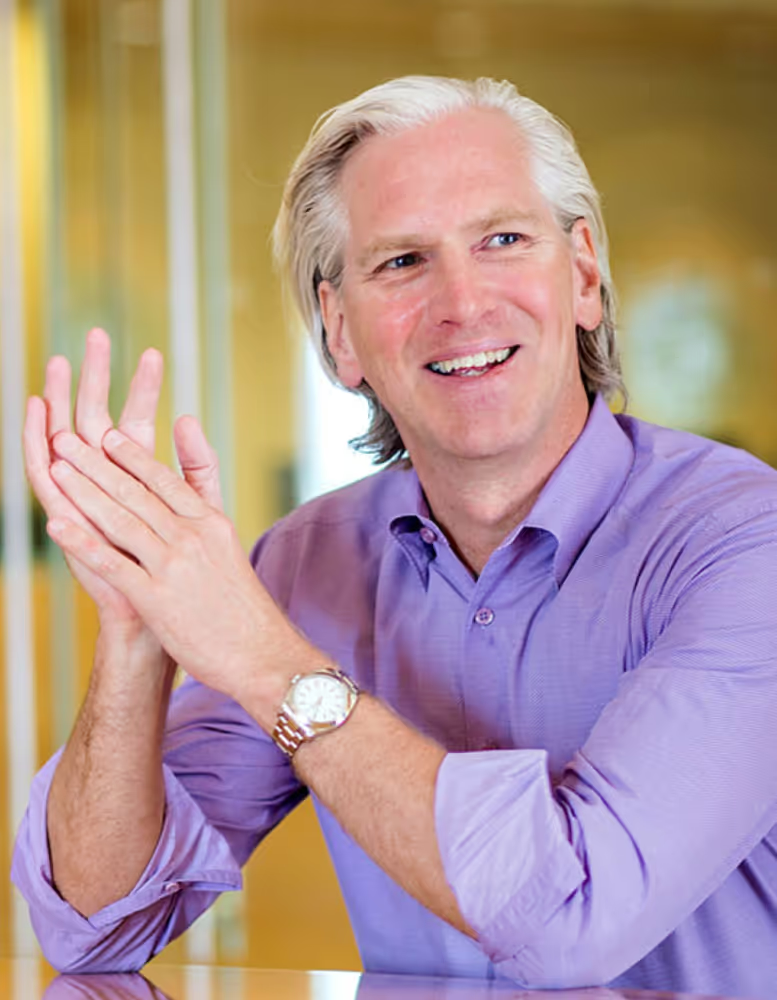Product Design, as it Should Be: Our Investment in Gravity Sketch

If you’re asked to design something, whether the latest set of Yeezy shoes or the next Ford GT, your natural reaction is to grab a pencil and paper and start sketching. We think and live in a 3D world, yet everything we interact with on a daily basis - from cars and shoes, to furniture, movies and games - still starts out as a 2D sketch. These sketches then go on a complex journey to come to life in 3D and production: there’s a different tool for every stage and each iteration requires switching from 2D to 3D, and back again.
Designing incredible products is at the heart of many great companies. Designs and design processes are fiercely guarded secrets. Design teams (like Ford’s 2016 GT team) have been known to operate from top-secret underground bunkers in order to avoid surveillance or leaks. But design processes are still full of inefficiency, something technology should have already solved.

When we first met Oluwaseyi (“Seyi”) and Daniela, the co-founders of Gravity Sketch, we came away inspired by their vision for product design. They’re a unique pair of founders, combining creative “right brain” design with rigorous “left brain” engineering. They’re turning a decades-old industry on its head and introducing a radical new way to ideate and collaborate in 3D. The product they’ve built enables designers to create in 3D from day one, leveraging the latest VR and cloud technology. When you use Gravity Sketch for the first time, it feels like magic. You can create a beautiful car chassis with long sweeping gestures and mould it in your hands.
What’s more, design is an intensely collaborative process – ideas spark when teams are in the same room, iterating together. When COVID hit, design processes initially ground to a halt as design teams were fragmented across multiple locations and left isolated. Gravity Sketch came to the rescue, allowing colleagues to be together in a virtual environment and design shoulder-to-shoulder. It also unlocked a new way of working across geographies. Why should design teams be siloed across regions? Colleagues from North America, Europe and Asia can now work concurrently in the same room together, using Gravity Sketch to build virtual mood boards and showcases. There’s a lot of buzz around the metaverse workplace, but Gravity Sketch has already made it a reality.

The design community has taken notice of this, and has been responsible for placing Gravity Sketch in the hands of world-leading organisations. Community is a precious thing and a bottom up, community-led go-to-market is something many companies can only dream of. Gravity Sketch has already built a staggering community of 100,000+ monthly active users. Even more impressive is the fact that all of Gravity Sketch’s sales to date have come via this community and the team now works with some of the biggest names in global design including Adidas, VW and Ford. Gravity Sketch is also being used by the next generation of designers: 170+ schools and universities worldwide have rolled it out as a core curriculum tool.
As the company announces its Series A, we’re excited to be partnering with Seyi, Daniela and the Gravity Sketch team and welcoming them to the Accel Family of collaboration and design tools, including Miro, Slack, Hopin, InVision and Framer. It’s time to enter a new era for product design - 3D first!
Great companies aren't built alone.
Subscribe for tools, learnings, and updates from the Accel community.


